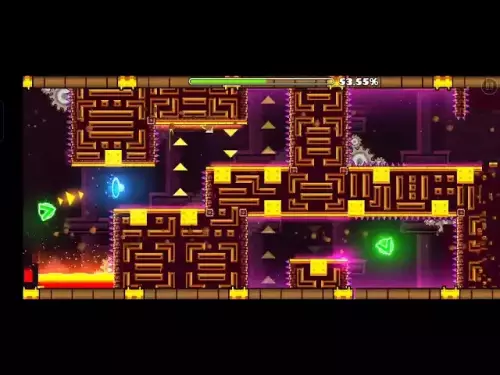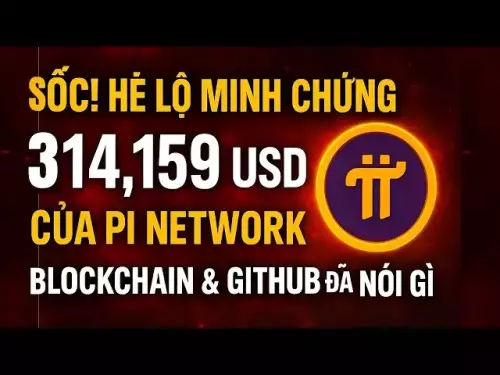-
 bitcoin
bitcoin $109547.008142 USD
0.04% -
 ethereum
ethereum $4011.838726 USD
-0.05% -
 tether
tether $1.000402 USD
-0.01% -
 xrp
xrp $2.798606 USD
0.88% -
 bnb
bnb $970.877944 USD
1.39% -
 solana
solana $202.237275 USD
-0.95% -
 usd-coin
usd-coin $0.999673 USD
0.00% -
 dogecoin
dogecoin $0.229294 USD
-1.15% -
 tron
tron $0.336370 USD
-0.45% -
 cardano
cardano $0.777260 USD
-1.66% -
 hyperliquid
hyperliquid $45.503019 USD
1.73% -
 ethena-usde
ethena-usde $1.000362 USD
0.01% -
 chainlink
chainlink $20.785303 USD
-1.10% -
 avalanche
avalanche $28.755822 USD
-0.11% -
 stellar
stellar $0.358303 USD
-0.48%
What is token economics?
Effective tokenomics, crucial for crypto project success, balances utility, scarcity, and community engagement, impacting token value and long-term sustainability.
Mar 18, 2025 at 05:42 am
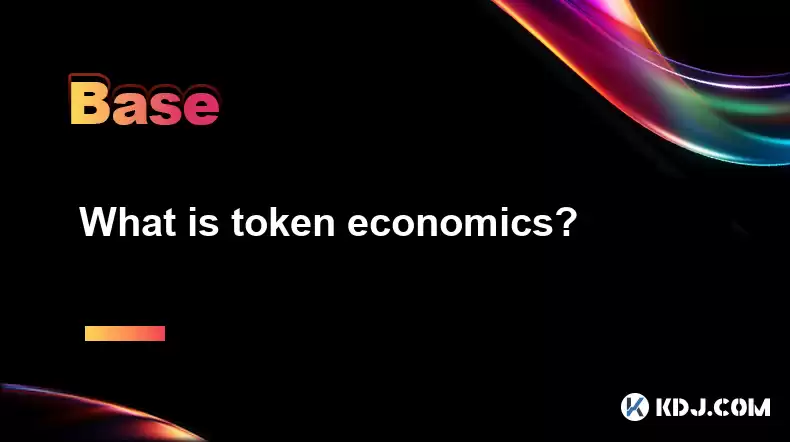
- Token economics defines the rules and incentives governing a cryptocurrency's supply, distribution, and usage.
- It's crucial for project sustainability and achieving its stated goals.
- Effective tokenomics balances utility, scarcity, and community engagement.
- Understanding tokenomics is vital for investors to assess project viability.
- Different token models (e.g., utility, security, governance) impact value and usage.
Token economics is the system of rules and incentives that govern the creation, distribution, and usage of a cryptocurrency or token within a blockchain ecosystem. It's essentially the economic engine that drives a project's growth and determines its long-term success. A well-designed token economic model ensures the token has intrinsic value, encourages participation, and fosters a thriving community. It’s not just about the price; it's about the overall health and sustainability of the entire project.
Why is Token Economics Important?A robust token economic model is vital for a cryptocurrency project's success. It defines how tokens are distributed among stakeholders, encouraging participation and rewarding contributions. Without a sound economic model, a project risks becoming unsustainable, facing challenges with token inflation, or lacking sufficient community engagement. The design directly impacts the token's value and the overall health of the ecosystem.
Components of a Token Economic Model:Several key components constitute a comprehensive token economic model. These include:
- Token Supply: The total number of tokens that will ever exist. This impacts scarcity and value. A limited supply can increase value over time.
- Token Distribution: How tokens are initially allocated among developers, investors, and the community. Fair distribution is crucial for avoiding early centralization.
- Token Utility: What the token is used for within the ecosystem. This can include paying for goods and services, accessing features, or participating in governance. A clear utility drives demand.
- Token Inflation/Deflation: How the token supply changes over time. Inflation can dilute value, while deflation can create scarcity and increase value. This needs careful consideration.
- Burning Mechanism: A method to reduce the circulating supply of tokens, often by removing them from circulation. Burning can control inflation and increase token value.
- Staking and Rewards: Incentivizing token holders to lock up their tokens to secure the network or participate in governance, often earning rewards in the process. This strengthens network security and encourages participation.
- Governance Model: How decisions regarding the project are made. This often involves token holders voting on proposals. A transparent and inclusive governance model is key for community trust.
Various token models exist, each with its own characteristics:
- Utility Tokens: Primarily used to access services or products within a specific ecosystem. Their value is tied to the platform's success.
- Security Tokens: Represent ownership in an asset or company, similar to stocks. They are subject to securities regulations.
- Governance Tokens: Give holders voting rights in decisions concerning the project's future development. This encourages community participation and ownership.
- Stablecoins: Designed to maintain a stable value, usually pegged to a fiat currency like the US dollar. They aim to reduce volatility.
Crafting an effective token economic model requires careful consideration of several factors:
- Target Audience: Understanding the needs and motivations of your target audience is essential for designing a model that attracts and retains users.
- Project Goals: The tokenomics must align with the project's overall goals and objectives.
- Market Conditions: The model should be adaptable to changing market conditions and technological advancements.
- Sustainability: The model should ensure the long-term sustainability of the project, avoiding issues like hyperinflation or unsustainable token distribution.
- Identify the Project's Goals: Begin by understanding the project's aims and how the token contributes to their achievement.
- Analyze the Token's Utility: Determine how the token is used within the ecosystem and its value proposition.
- Examine the Token Supply and Distribution: Evaluate the total supply, allocation, and distribution schedule to understand potential scarcity or inflation.
- Assess the Governance Model: Analyze how decisions are made and the level of community involvement.
- Evaluate the Incentives: Understand the mechanisms rewarding users and incentivizing participation.
- Consider Risk Factors: Identify potential risks and challenges, such as market volatility or regulatory changes.
- Compare to Similar Projects: Benchmark against similar projects to understand best practices and potential pitfalls.
A: Token economics significantly influences price. A well-designed model with strong utility, scarcity, and community engagement can drive demand and increase value. Conversely, poor tokenomics can lead to inflation and price decline.
Q: Is token economics important for all crypto projects?A: Yes, token economics are fundamental to almost all cryptocurrency projects. They provide the framework for the project's economic sustainability and user engagement.
Q: Can I learn token economics without a background in finance?A: Yes, the core concepts of token economics are accessible even without a finance background. Numerous resources and educational materials are available online.
Q: What are some common mistakes in token economic design?A: Common mistakes include unrealistic token distribution, insufficient utility, poor governance, and ignoring market conditions.
Q: How can I evaluate the token economics of a new cryptocurrency project?A: Carefully examine the whitepaper, focusing on token supply, distribution, utility, governance, and incentives. Compare it to similar projects and assess the overall viability of the model. Independent research is crucial.
Disclaimer:info@kdj.com
The information provided is not trading advice. kdj.com does not assume any responsibility for any investments made based on the information provided in this article. Cryptocurrencies are highly volatile and it is highly recommended that you invest with caution after thorough research!
If you believe that the content used on this website infringes your copyright, please contact us immediately (info@kdj.com) and we will delete it promptly.
- Crypto Whales, PEPE, and Meme Coins: What's the Hype?
- 2025-09-28 18:25:15
- Cathie Wood, Hyperliquid, and Solana Development: A New Era in Crypto?
- 2025-09-28 19:05:16
- Polkadot pUSD: NYC's Take on Decentralized Stability
- 2025-09-28 18:25:15
- Chainlink, Remittix, and Price Gains: A Tale of Two Cryptos
- 2025-09-28 19:05:16
- Altcoins, Portfolios, and Millions: Decoding the Crypto Bull Run
- 2025-09-28 19:10:01
- SWIFT, Ethereum, and Linea: Revolutionizing Global Banking?
- 2025-09-28 18:30:01
Related knowledge
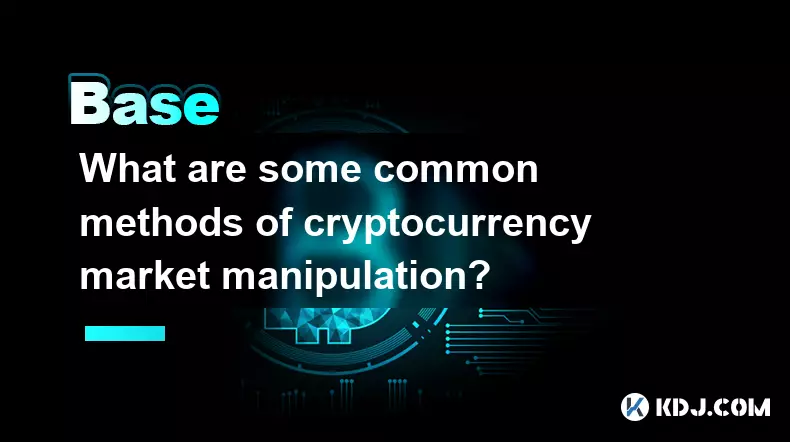
What are some common methods of cryptocurrency market manipulation?
Sep 27,2025 at 02:55am
Wash Trading and Its Impact on Market Perception1. Wash trading involves an individual or entity simultaneously buying and selling the same cryptocurr...
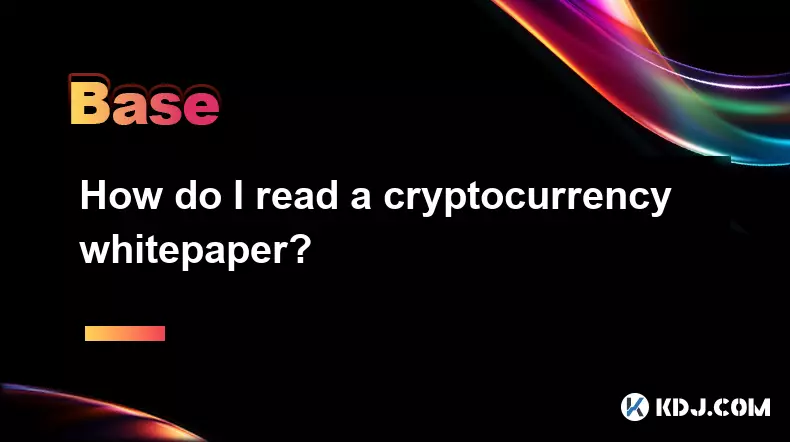
How do I read a cryptocurrency whitepaper?
Sep 27,2025 at 05:54am
Understanding the Structure of a Cryptocurrency Whitepaper1. Begin by identifying the executive summary, which outlines the project’s core vision and ...
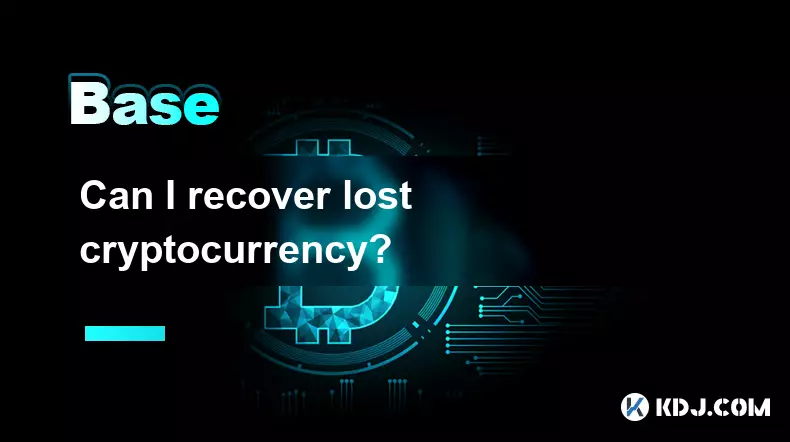
Can I recover lost cryptocurrency?
Sep 25,2025 at 08:18am
Understanding the Nature of Cryptocurrency Loss1. Cryptocurrency operates on decentralized networks, meaning there is no central authority to reverse ...
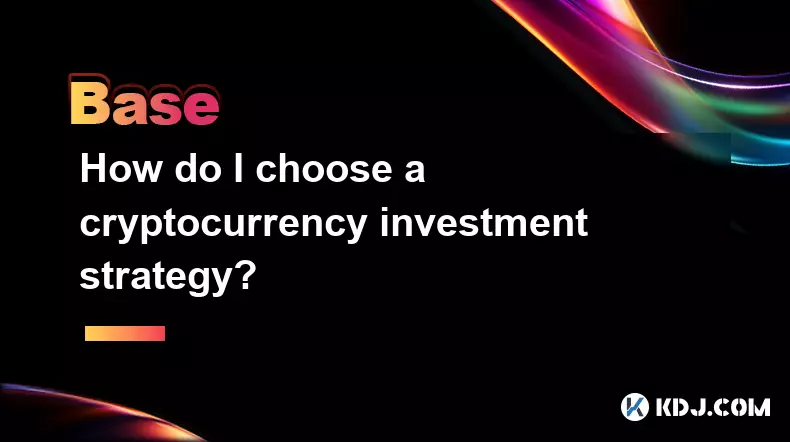
How do I choose a cryptocurrency investment strategy?
Sep 27,2025 at 03:55pm
Understanding Risk Tolerance in Crypto Investing1. Assessing personal risk tolerance is a foundational step when entering the cryptocurrency market. V...
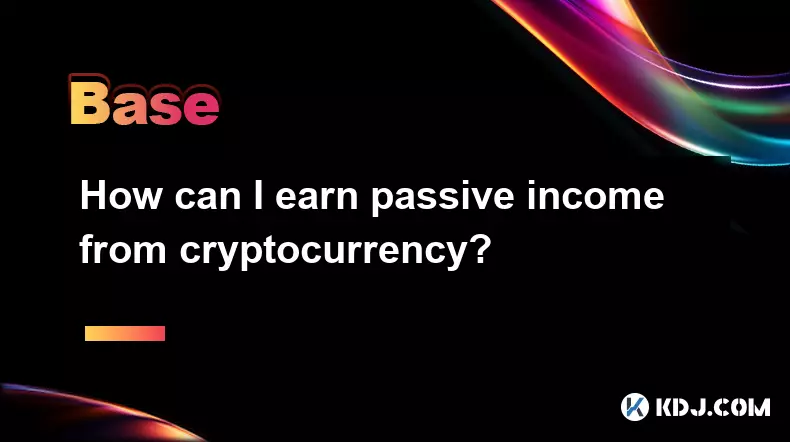
How can I earn passive income from cryptocurrency?
Sep 23,2025 at 10:18am
Staking Cryptocurrencies for Regular Returns1. Many blockchain networks operate on a proof-of-stake (PoS) consensus mechanism, allowing users to earn ...
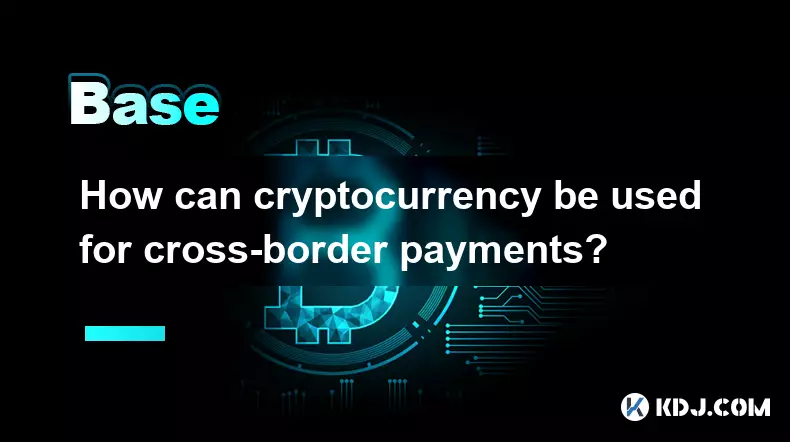
How can cryptocurrency be used for cross-border payments?
Sep 28,2025 at 01:36am
Efficiency in International Transactions1. Cryptocurrency enables near-instant settlement across borders without relying on traditional banking interm...

What are some common methods of cryptocurrency market manipulation?
Sep 27,2025 at 02:55am
Wash Trading and Its Impact on Market Perception1. Wash trading involves an individual or entity simultaneously buying and selling the same cryptocurr...

How do I read a cryptocurrency whitepaper?
Sep 27,2025 at 05:54am
Understanding the Structure of a Cryptocurrency Whitepaper1. Begin by identifying the executive summary, which outlines the project’s core vision and ...

Can I recover lost cryptocurrency?
Sep 25,2025 at 08:18am
Understanding the Nature of Cryptocurrency Loss1. Cryptocurrency operates on decentralized networks, meaning there is no central authority to reverse ...

How do I choose a cryptocurrency investment strategy?
Sep 27,2025 at 03:55pm
Understanding Risk Tolerance in Crypto Investing1. Assessing personal risk tolerance is a foundational step when entering the cryptocurrency market. V...

How can I earn passive income from cryptocurrency?
Sep 23,2025 at 10:18am
Staking Cryptocurrencies for Regular Returns1. Many blockchain networks operate on a proof-of-stake (PoS) consensus mechanism, allowing users to earn ...

How can cryptocurrency be used for cross-border payments?
Sep 28,2025 at 01:36am
Efficiency in International Transactions1. Cryptocurrency enables near-instant settlement across borders without relying on traditional banking interm...
See all articles






















